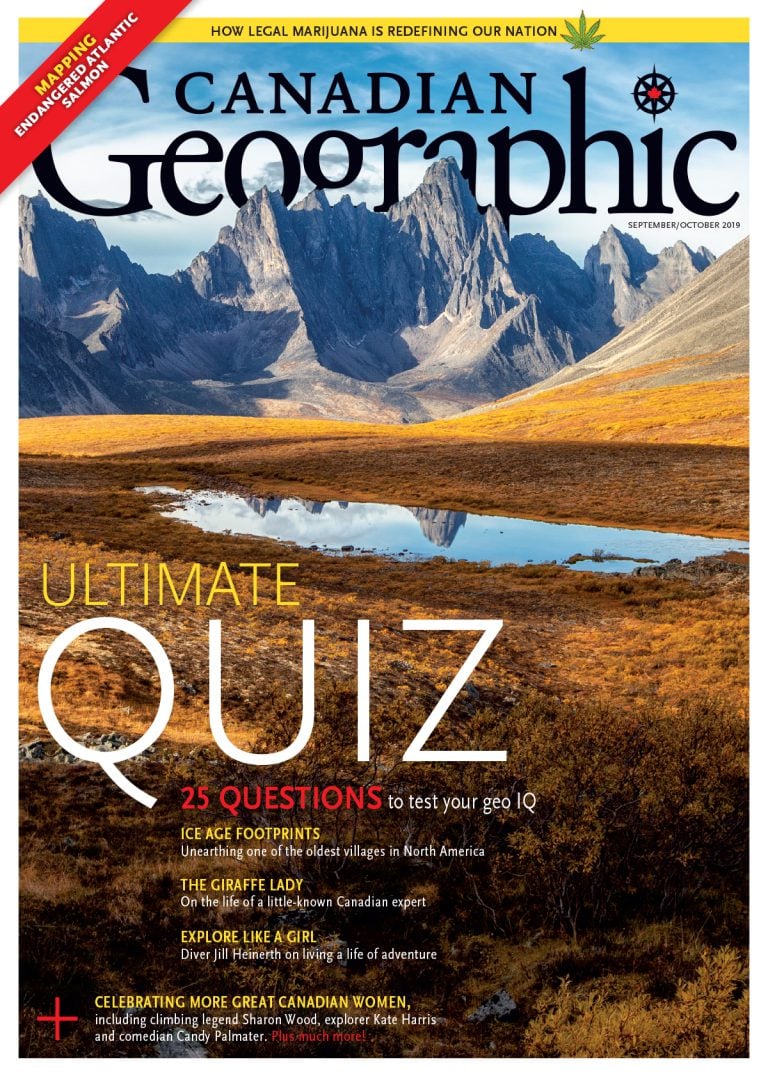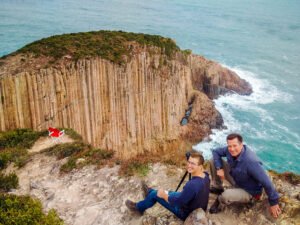In the October issue of Canadian Geographic, young air cadets Terry Kim, Richard Knopp and Kristine Ragsdale can be spotted posing with a replica Sopwith Pup biplane that they helped build. It was an experience all three said changed how they thought of First World War planes and the brave young men who flew them.
The teens from the Langley, B.C. area worked with expert replica plane builders last winter to construct the plane as part of the Wings of Courage project, the second in a trilogy of projects that fall under the A Nation Soars banner, a partnership between documentary makers Sound Venture, Heritage Canada, CPAC, Canadian Geographic and its publisher The Royal Canadian Geographical Society, created to commemorate the sacrifices made by so many a century ago.
Here, the three cadets discuss their experience and what it meant to them.*
Why did you join the Air Cadets?
Kristin Ragsdale: Because I’ve always loved flying, and I thought the air cadets could help me become a pilot. Also I’m a shy person and I’d heard a lot of great things about the Air Cadets helping with that.
Richard Knopp: I joined when I was 15. I was looking for a new hobby, something to get me motivated. I’ve always liked flying and the squad at the Langley airport was hosting an open house, so I went with my sister. I enjoyed it and signed up.
Terry Kim: My sister told me about the Air Cadets, and how they were a good opportunity, about four years ago. I thought that if I could be a pilot, or involved in aviation in any way it would be a really great. I’ve been in it ever since.
What was your reaction when you heard you’d be working on the biplane build?
TK: My mind was blown. I’ve wanted to work on planes for a while and this was a perfectly timed opportunity.
RK: I was very excited. I had spent the summer flying planes and knew a little about how they worked, and so I was very excited to get to see what happened when all the skin on the plane comes off and what’s it’s like to actually build it from the ground up.
How has it been working on the biplane build?
KR: It’s been amazing. The people we work with are so knowledgeable about so many different things. I’ve learned a lot about planes and even welding.
Did you think about being the same age as the FWW pilots?
TK: When I did hear that the pilots were my age I was astonished. I couldn’t even dream of going into war at my age. I’m so young. I was astonished that they were so brave to do such a thing.
RK: I admit I have thought about it, but I can’t really empathize. Nowadays we have so much. You’re in school until you’re 17. I don’t know what it’s like to be willing to put my life on the line to protect everyone in my country. But I guess I can understand the feeling of commitment they may have had.
KR: They were brave enough to fly these airplanes. Now being able to see how they’re built, you really come to understand what they were trusting their lives with. They were trusting their lives with what other people built. It puts things in a new perspective seeing how, as women, if I had lived back then, I would’ve been building these planes and the lives of these young men would’ve been in my hands.
Why do you think projects like this are important?
RK: I think it’s an excellent way to put things in perspective and give us a reminder of what exactly has gone into our history.
TK: History is important and we should never make the same mistakes again.
KR: Because they were fighting for what we have today. History also repeats itself, so we can learn from their mistakes and we can learn from their courage as well. We can use them as examples to improve ourselves and live better and be better people.
*These interviews have been edited for length and clarity.





